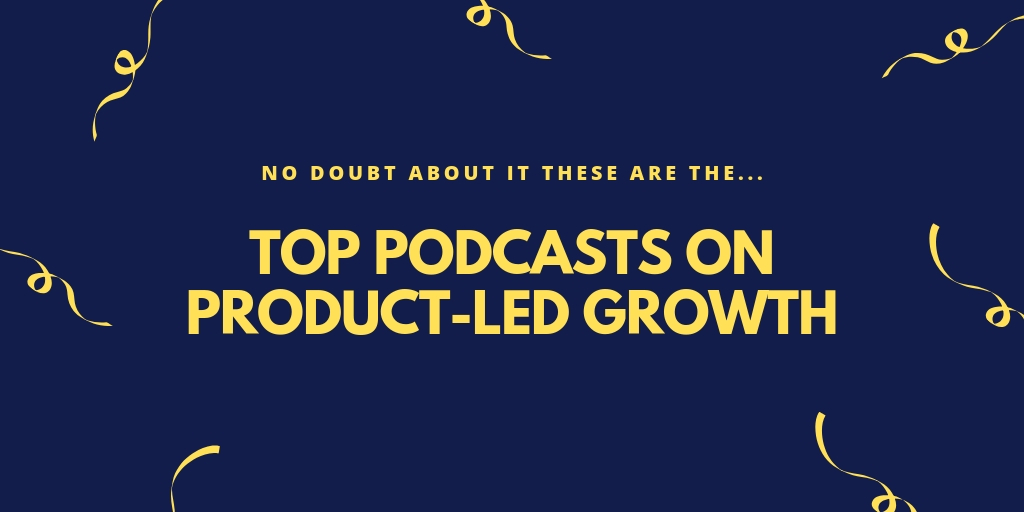
A free trial is a customer acquisition model that allows prospects to access a partial or complete product free of charge for a limited time. It is a powerful tool for companies to attract potential customers and showcase the value of their products.
Unlike other pricing models, such as freemium, where a basic version of the product is free with additional features available with a paid subscription, a free trial gives users access to test the features and functionality of the product or service in real-life scenarios.
This article will explore the definition of a free trial, its benefits, examples of successful free trials, conversion strategies, metrics to measure success, and how it differs from the freemium model. Offering a free trial is a powerful tool that can help you attract and convert more customers, so let's dive in and learn more.
Free Trial Marketing Strategy
A free trial is a marketing strategy that allows potential customers to try a product or service for a limited period without paying for it upfront. Unlike other pricing models such as freemium where a basic version of the product is free with additional features available for purchase, a free trial gives users access to the full functionality of the product or service for a set time.
Free trial users can fully explore and evaluate the product or service during a free trial to determine if it meets their needs and expectations. This limited time allows them to make an informed decision before committing to a purchase. It also allows companies to showcase the value and benefits of their product, increasing the likelihood of converting trial users into paying customers.
A free trial differs from a demo as it provides users with the complete experience of using the product or service. It allows them to test its features, functionality, and performance in real-life scenarios. This hands-on experience helps users understand the product's value proposition and how it can solve their problems or meet their needs.
Free Trial Benefits
Offering a free trial brings several advantages to product-led growth (PLG) companies.
It enables them to demonstrate the value and effectiveness of their product or service, thereby increasing the chances of converting trial users into paying customers.
Furthermore, satisfied trial users are more likely to recommend the product or service to others, fueling organic growth and increasing brand awareness.
A trial period also offers PLG companies the opportunity to:
- Engage with users
- Provide support
- Address user's questions or concerns
This personalized interaction can enhance the user experience, fostering trust and confidence in the brand.
Moreover, a free trial allows companies to track valuable data and insights into user behavior and usage patterns. This information can help optimize the product, identify areas for improvement, and tailor marketing strategies to target specific user segments.
Free Trial Examples
Many companies have successfully implemented free trials as part of their business strategy.
Zendesk
One example is Zendesk. When you click "Free Trial" on their homepage, you are led through an eight-step process to initiate a 30-day trial subscription for their Plus plan.

Vidyard
Another free trial example is Vidyard, whose 14-day Plus plan free trial allows users to test out full video analytics, customizable branding, and team performance analytics.

Free Trial vs. Freemium
Leveraging a free trial can be a powerful strategy for acquiring new customers for SaaS products. Yet, before implementation, it's crucial to understand the distinction between a free trial and a freemium model to make sure the objectives are clear.
While the free trial and freemium pricing models offer customers the opportunity to try a product or service for free, the two have key differences:
The Free Offer Time Frame
A free trial has a limited duration and provides complete access to all features and functionalities of the product or service.
In contrast, freemium offers a basic version of the product or service for free indefinitely, with the option to upgrade to a premium version with additional features and functionalities.
The Type of Product
The free trial model is often used for products or services with a higher price point or more complex features.
On the other hand, freemium is commonly used for products or services with a lower price point or more basic features.
Read "Freemium vs. Free Trial? A Decision Framework to Help You Decide" on our blog to learn more about these growth strategies.
4 Strategy Tips for Free Trial Conversion
When it comes to implementing a free trial as part of your customer acquisition strategy, it's important to:
1. Understand Your Goals
Consider your goals before deciding on a free trial strategy. Are you looking to drive quick conversions or build long-term engagement? Understanding your objectives will help you determine the most effective approach.
2. Remove Friction Points
Giving users a free way to get started, such as a free trial, can be a great way to empower and motivate them to take action. However, simply offering a free experience is not enough. You must ensure the onboarding process is seamless and user-friendly to maximize conversion rates.
3. Provide Value During the Trial Period
Provide value during the trial period to encourage users to convert. Doing so could include offering personalized onboarding, access to premium features, or exclusive content. By demonstrating the value of your product during the trial, you increase the likelihood of conversion.
4. Experiment with Trial Alternatives
While free trials are popular, exploring alternative strategies to boost conversion rates is worth exploring. For example, implementing time-limited promotions or exclusive discounts for trial users can create a sense of urgency and incentivize them to purchase before the trial period ends.
Free Trial Metrics to Measure Success
Tracking key metrics of a free trial program is vital to measuring success.
One important metric is the conversion rate, which measures the percentage of trial users who become paying customers.
Other metrics include:
- Average trial duration
- The number of trial users who engage with the product or service
- The customer lifetime value of trial users compared to non-trial users
By analyzing these metrics, businesses can gain insights into the effectiveness of their free trial program and make data-driven decisions to optimize conversion rates and customer retention.
Recap of Free Trials
Free trials are a valuable SaaS marketing tool that allows customers to try a product before committing to a purchase. This acquisition approach provides numerous benefits, such as reducing risk for customers, increasing customer acquisition, and improving customer retention.
Businesses should provide a seamless user experience, offer valuable features during the trial period, and use effective communication and follow-up strategies.
Continue your journey in mastering effective product-led growth strategy by exploring our extensive “A-to-Z Glossary of Crucial PLG Terms” on our blog.
Want to go beyond theory and actually implement PLG the right way?
Over the last 9 years, the ProductLed team has helped companies like Microsoft, Boomi, GrooveHQ, and 400+ others generate over $1B in self-serve revenue. In doing that work, we noticed something: most PLG operators only understand pieces of the puzzle.They might know onboarding, or pricing, or user research - but not how it all fits together. That’s the exact gap the ProductLed MBA™ was built to solve.
Whether you’re a product leader, marketer, or founder, the MBA helps you diagnose PLG bottlenecks, accelerate key user activation milestones, and start seeing meaningful results—without spending years or tens of thousands on a traditional MBA. It’s a highly actionable, self-paced program built for operators who want to do, not just learn.
Not sure where to begin? You can start by taking the PLG readiness assessment to quickly identify where your current gaps are. Or, if you’re ready to map out your next step, schedule a strategy session to explore the best way to roll out PLG across your business.
With lifetime access, a supportive peer community, and a 100% money-back assurance in the first week, the ProductLed MBA is your hands-on blueprint for taking your PLG strategy from concept to compounding growth. Get started with ProductLed MBA today.





















